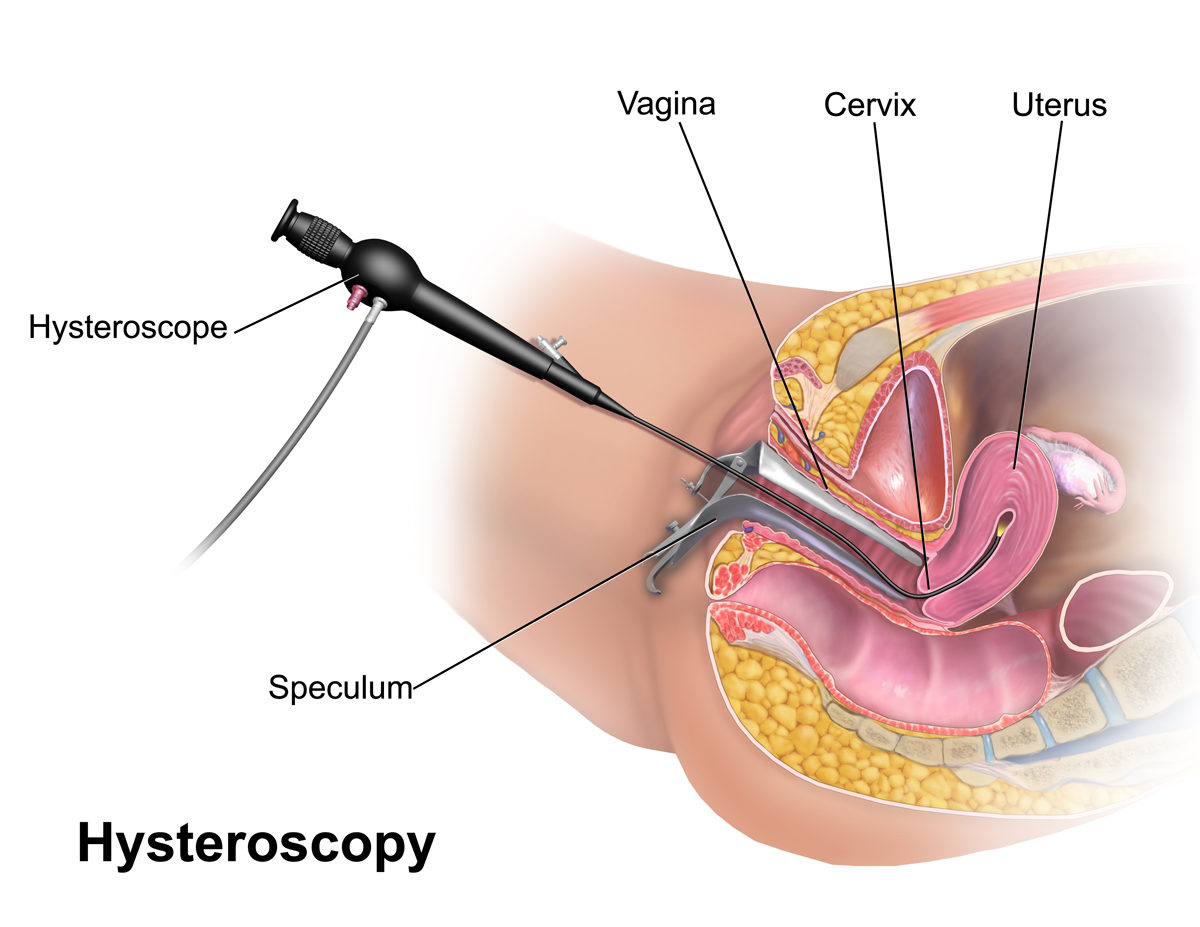Hysteroscopy: A Window into the Female Reproductive System
– Hysteroscopy is a procedure used to examine the inside of the womb
– It can be used to investigate symptoms or problems such as heavy periods, unusual vaginal bleeding, and pelvic pain
– It can also be used to diagnose conditions such as fibroids and polyps
– Hysteroscopy can be used to treat conditions and problems such as removing fibroids, polyps, and intrauterine devices
– The procedure is usually done on an outpatient or day-case basis
– Anesthesia may or may not be required
– A speculum may be inserted into the vagina during the procedure
– Fluid is pumped inside to facilitate visualization, and pictures are sent to a monitor for observation and treatment of abnormalities
– The procedure can take up to 30 minutes, or shorter if done only for diagnosis
– Recovery may include discomfort similar to period cramps, spotting or bleeding for a few days, and avoiding sex for a week
– Most women can return to their normal activities the following day
– There is a small risk of complications, such as accidental damage to the womb or cervix
– Excessive bleeding can occur during or after surgery, but can be treated with medication or another procedure
– Infection of the womb can be treated with antibiotics
– Feeling faint after a hysteroscopy affects 1 in every 200 women
– Hysteroscopy will only be performed if the benefits outweigh the risks.
